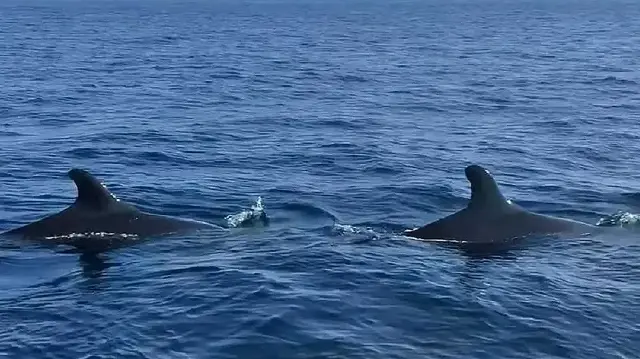Scientists use internet cables to track endangered whales

In an innovative conservation effort, researchers are testing a method to turn existing undersea fiber-optic cables into a massive underwater listening system. This technology could monitor whale populations in real-time, offering a groundbreaking tool to protect marine life like the endangered Southern Resident orcas.
A groundbreaking scientific project is testing whether the vast global network of undersea internet cables can be transformed into a powerful tool for marine conservation. Researchers from the University of Washington are leveraging a technology called Distributed Acoustic Sensing (DAS) to convert standard fiber-optic cables into continuous, real-time hydrophones. This initiative, focused in the critical habitat of the Salish Sea, aims to detect the vocalizations of the endangered Southern Resident orca population, providing unprecedented data on their movements and behaviors.
Transforming Telecommunications into a Sensor Network
The core of the technology involves using laser pulses to detect sound vibrations along the length of a submerged fiber-optic cable. Unlike traditional, sparsely placed underwater microphones, this method turns the entire cable into a distributed acoustic sensor. "We can imagine that we have thousands of hydrophones along the cable recording data continuously," explained Shima Abadi, a professor involved in the project. This allows scientists to not only hear whale calls but also pinpoint their location and direction of travel over a wide area, offering a far more comprehensive picture than previously possible.
A Potential Global Monitoring Solution
The implications of a successful trial are immense. With approximately 1.4 million kilometers of telecommunications cables already crisscrossing the ocean floor, the method could unlock a cost-effective, global ocean monitoring network without the need for new invasive infrastructure. The timing is critical, as new international agreements like the High Seas Treaty are coming into force, creating a pressing need for better data to establish effective marine protected areas and understand the impact of human activity on ocean species.
The Challenge of High-Frequency Calls
While the technology has proven effective for tracking large baleen whales, whose calls are low-frequency, the current experiment in the Salish Sea faces a new challenge: detecting the much higher-frequency clicks and whistles of orcas. If the system can reliably capture these sounds, it would mark a significant leap forward in non-invasive marine monitoring, effectively turning the existing internet infrastructure into a permanent ear to the sea.
Reklam yükleniyor...
Reklam yükleniyor...







Comments you share on our site are a valuable resource for other users. Please be respectful of different opinions and other users. Avoid using rude, aggressive, derogatory, or discriminatory language.